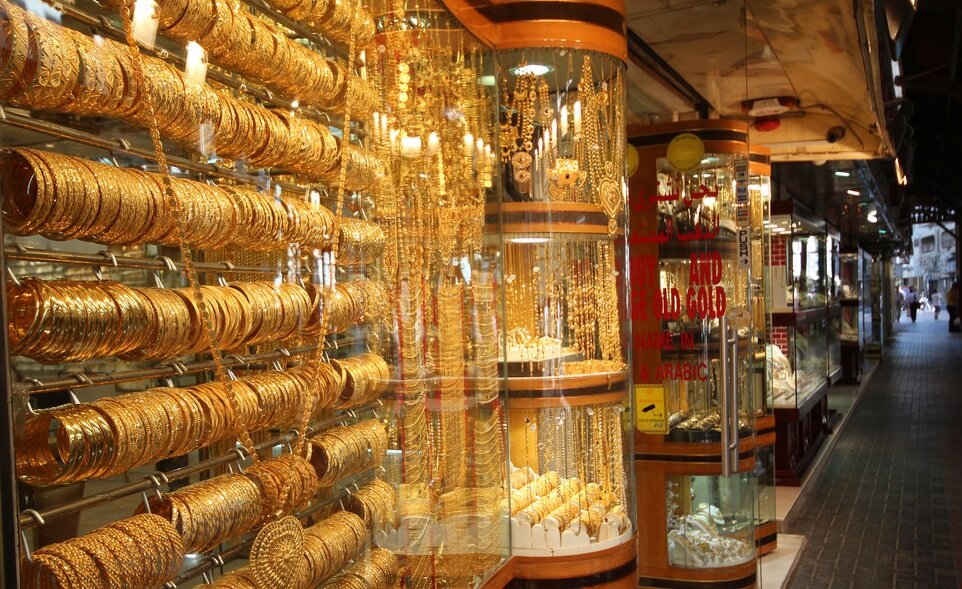The sparkling beauty of Yazd’s gold is not only in the precious metal itself, but in the skillful hands that shape it into art. Due to its deep historical roots, UNESCO carries Yazd’s traditional Goldsmiths on the list of human intangible cultural heritage, so Yazd’s Goldsmiths is now gaining international recognition.
Yazd’s money is more than the industry. It reflects the deeply rooted cultural identity passed down from generation to generation in the city’s famous Gold Bazaar. This recognition adds a new chapter to Iran’s cultural pride, positioning Yazd as a rising star in art tourism.
The history of Yazd Gold
Gold gems and ornaments have been made in Iranian cities for a long time, but Yazd Gold stands out for its unique design, brightness, alloy quality and intricate finish. Archaeologists identified Yazd as one of Iran’s oldest gold art centers, and followed the city’s goldmaking during the Parthian period.
Over the past two thousand years, Yazdi artisans have made gold for kings and nobles, cementing the city’s reputation in the national and regional gem trade.
Unique features of Yazd Gold
High Purity: Most Yazd Gold items are made with a purity of 20 carats, considered the highest on the Iranian market.
Physical Quality: These items are known for their softness, flexibility, resistance to corrosion and discoloration, and elegant shine.
Cultural Values: Every work tells a story. Beyond mere decoration, Yazd Gold has reflected tradition and identity for centuries, and is now recognized worldwide as a cultural heritage.
Gold in most parts of Iran is made with 18 carat purity, but areas like Yazd, some in the south, are influenced by local taste and prefer high carat gold (20-22). In Yazd, shiny, artistically designed gold is very popular and is often made in traditional handmade patterns by Master Gold Smith.
This artistry has achieved national cultural heritage status in Iran, and now, UNESCO recognizes, Yazd is poised to become a global symbol of artisanal elegance in the heart of the desert.
MP/

